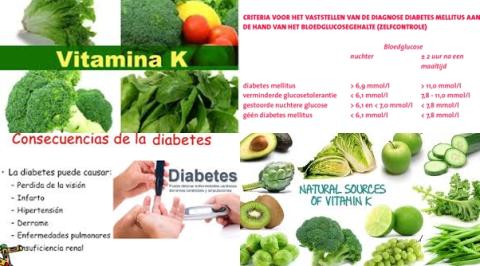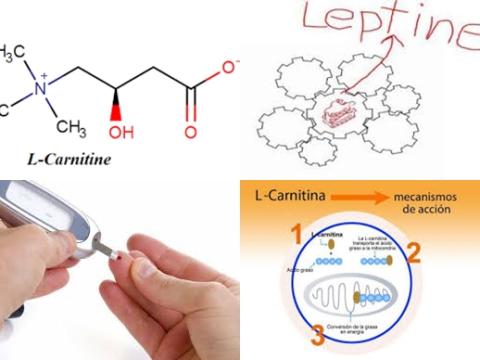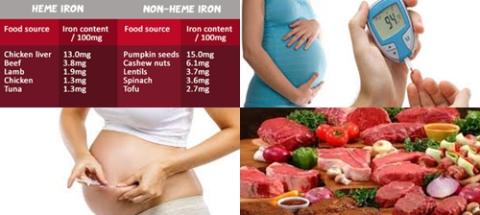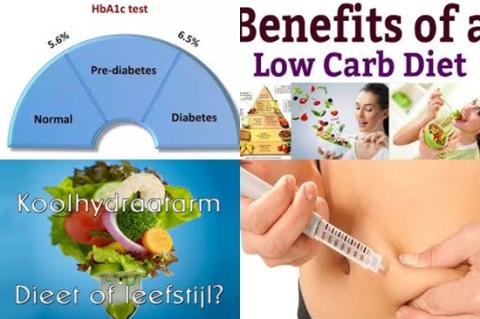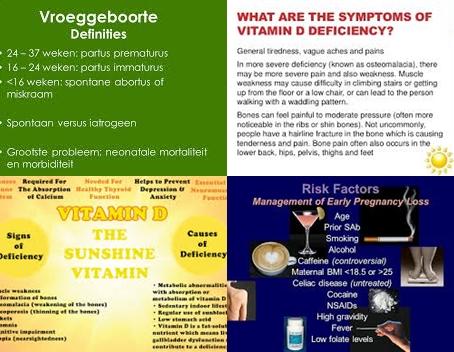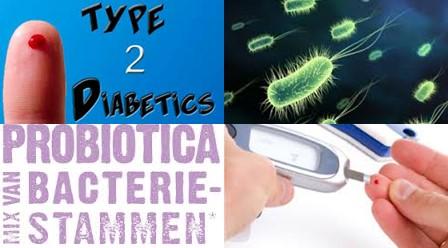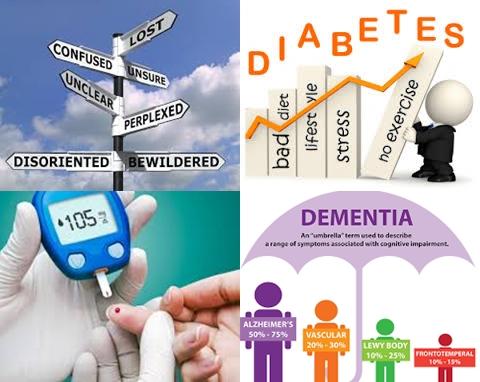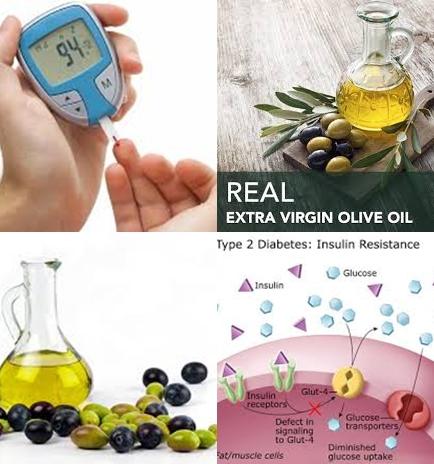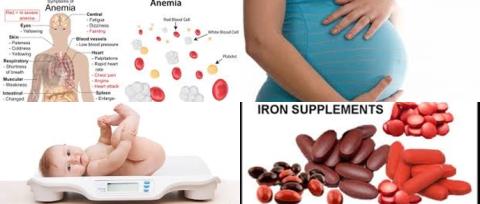Myo-inositol supplementation reduces risk of gestational diabetes and preterm delivery in pregnant women
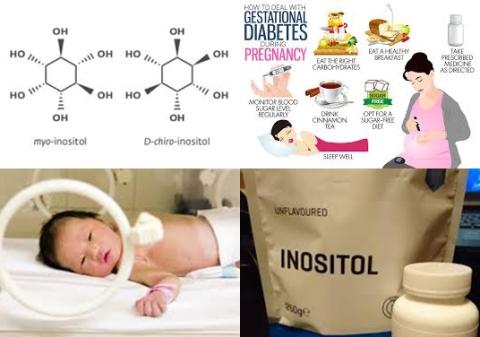
Objectives:
The efficacy of myo-inositol supplementation to prevent gestational diabetes onset remains controversial. Therefore, this meta-analysis (systematic review) has been conducted.
Does myo-inositol supplementation reduce risk of gestational diabetes in pregnant women?
Study design:
This review article included 5 RCTs.
Results and conclusions:
The investigators found compared with control group in pregnant women, myo-inositol supplementation significantly reduced risk of gestational diabetes with 57% [risk ratio = 0.43, 95% CI = 0.21-0.89, p = 0.02].
The investigators found compared with control group in pregnant women, myo-inositol supplementation significantly reduced risk of preterm delivery with 64% [risk ratio = 0.36, 95% CI = 0.17-0.73, p = 0.005].
The investigators found compared with control group in pregnant women, no association between myo-inositol supplementation and 2-h glucose oral glucose tolerance test (OGTT) [mean difference = -6.90, 95% CI = -15.07 to 1.27, p = 0.10].
The investigators found compared with control group in pregnant women, no association between myo-inositol supplementation and gestational age at birth [MD = 0.74, 95% CI = -1.06 to 2.54, p = 0.42].
The investigators found compared with control group in pregnant women, no association between myo-inositol supplementation and birth weight [MD = -5.50, 95% CI = -116.99 to 105.99, p = 0.92].
The investigators found compared with control group in pregnant women, no association between myo-inositol supplementation and macrosomia (a newborn with an excessive birth weight (≥4 kg)) [RR = 0.65, 95% CI = 0.20-2.11, p = 0.47].
The investigators concluded that myo-inositol supplementation reduces the incidence of gestational diabetes and preterm delivery in pregnant women.
Original title:
The efficacy of myo-inositol supplementation to prevent gestational diabetes onset: a meta-analysis of randomized controlled trials by Zhang H, Lv Y, […], Guo W.
Link:
https://www.ncbi.nlm.nih.gov/pubmed/29343138
Additional information of El Mondo:
Find more information/studies on inositol and pregnancy right here.
A review article (a collection of scientific studies on a specific topic) of randomized, placebo-controlled double blind clinical trials (RCTs) will answer the following question:
"Do taking dietary supplements make sense?" Yes for a positive conclusion and no for a negative conclusion.



